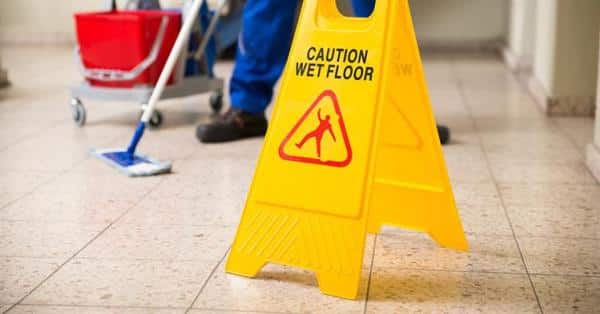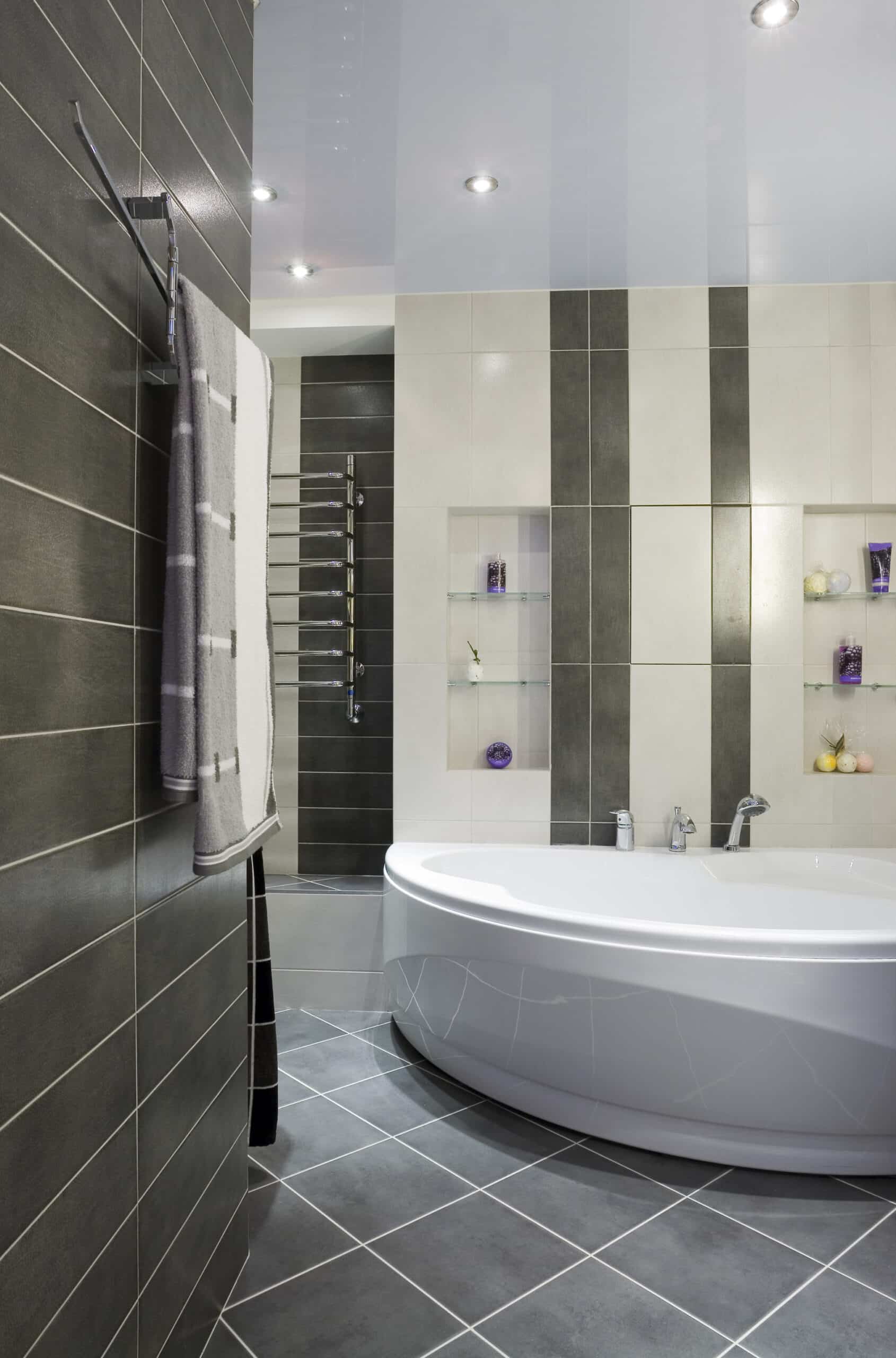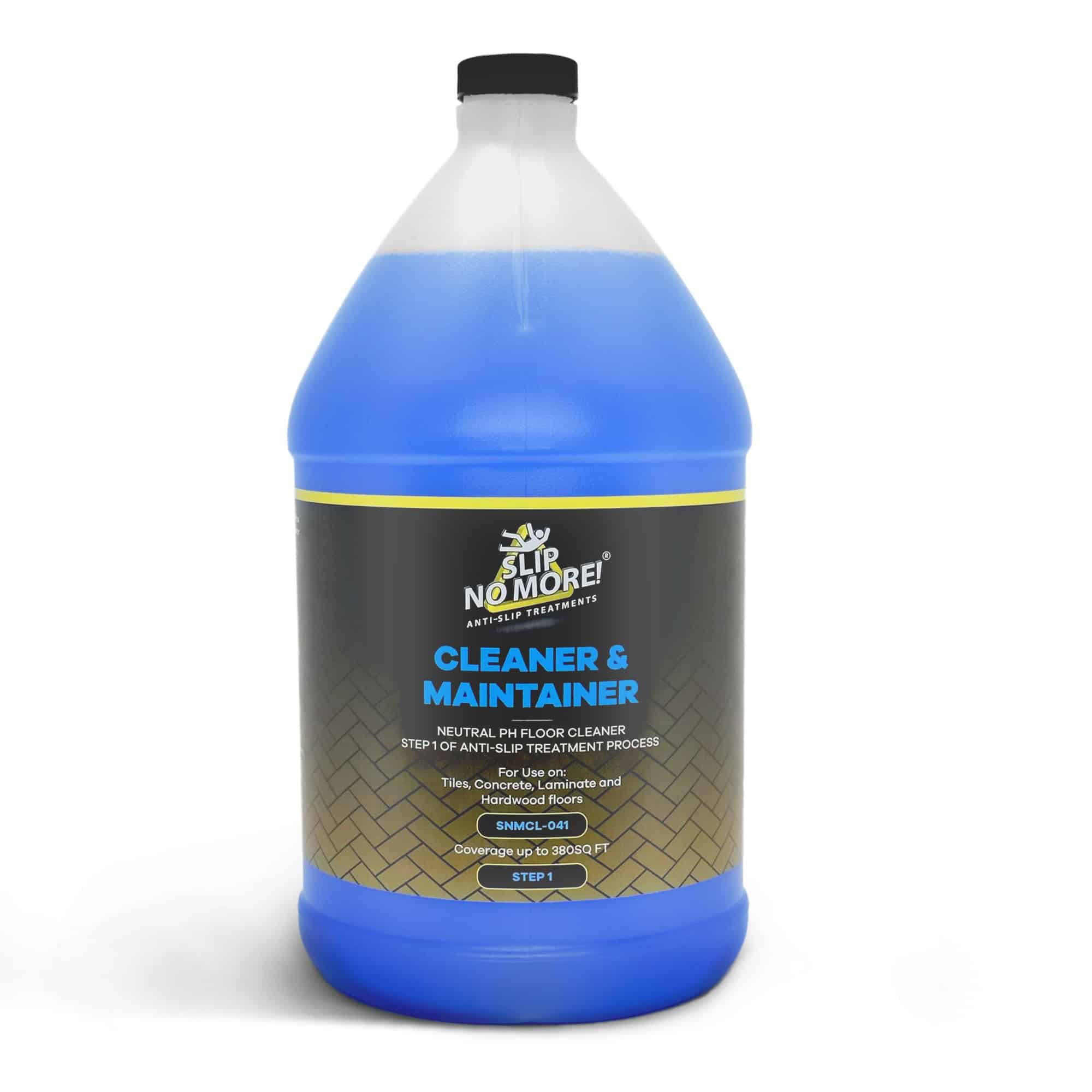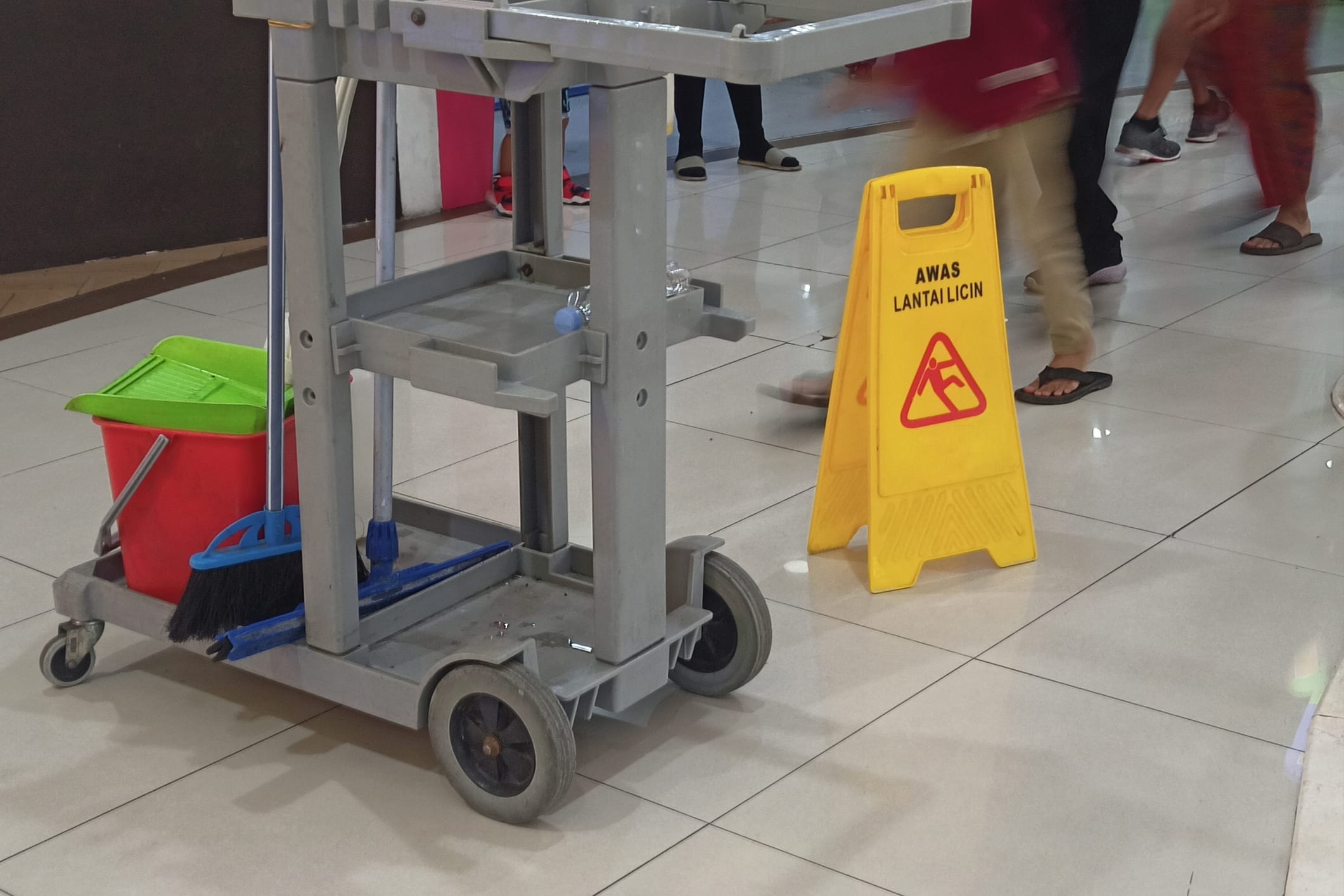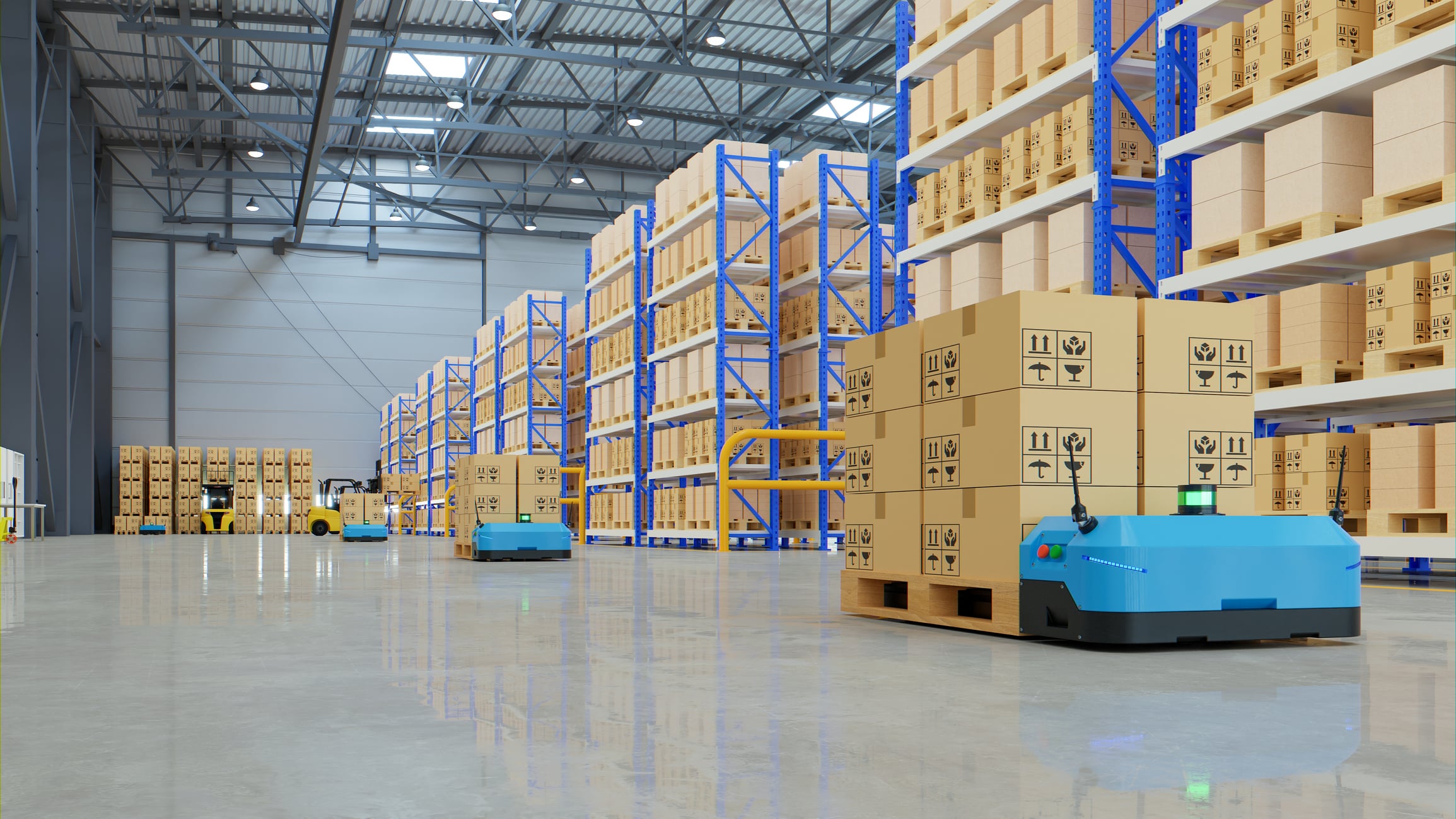Ensuring floor safety at home is vital to maintaining a secure and hazard-free home. Accidents caused by slips and falls can lead to severe injuries, especially for children and elderly individuals. By implementing the correct maintenance practices, you can significantly reduce the risk of such accidents and create a safe environment for your family.
This article will explore why floor safety at home should be a top priority and provide practical tips on maintaining it. From choosing suitable flooring materials to knowing the proper cleaning techniques, we will cover all the essential aspects contributing to a safe and accident-free floor.
We understand that home maintenance can sometimes be overwhelming, but by following our advice, you can ensure a secure living space for your loved ones. So, let’s dive in and discover how to maintain impeccable floor safety at home.
The importance of floor safety at home
Floor safety at home is often overlooked in home maintenance, but it plays a crucial role in preventing accidents and injuries. Slips and falls can happen to anyone, regardless of age or physical ability. However, children and the elderly are particularly vulnerable to these accidents.
According to the National Safety Council, falls are the leading cause of unintentional injuries and deaths in homes. More than one-third of all home injury deaths are due to falls. This highlights the importance of taking proactive measures to ensure floor safety.
Maintaining floor safety at home protects yourself and your family from injuries and creates a welcoming and comfortable environment. A secure home promotes peace of mind and allows everyone to move freely without fearing accidents.
Common causes of slips and falls at home.
Understanding the common causes of slips and falls is the first step towards preventing them. Some of the most frequent causes include:
1. Wet or slippery surfaces: Spills, leaks, and condensation can make floors slippery, increasing the risk of falls.
2. Uneven surfaces: Cracked tiles, loose floorboards, or uneven carpeting can create tripping hazards.
3. Poor lighting: Insufficient lighting can make it difficult to see obstacles or changes in floor levels.
4. Loose rugs or mats: Unsecured ones can easily slip and cause accidents.
5. Cluttered walkways: Objects left in walkways can obstruct the path and lead to falls.
By identifying these causes, you can take proactive steps to prevent slips and falls in your home.
Other types of flooring require different maintenance strategies to ensure floor safety at home. Let’s take a look at some practical tips for preventing slips and falls on various flooring surfaces:
Hardwood and Laminate Flooring
Hardwood and laminate floors are popular choices for their durability and aesthetic appeal. However, they can be slippery when wet. To prevent accidents and increase floor safety at home:
1. Clean up spills immediately: Wipe up any liquid spills promptly to prevent the floor from becoming slippery.
2. Use non-slip rugs or mats: Place non-slip rugs or mats in high-traffic areas, such as entryways or in front of sinks, to provide traction and absorb moisture.
3. Avoid wax or polish: Wax or polish can make hardwood and laminate floors slippery. Instead, choose floor cleaners specifically designed for these types of flooring.
Tile and Stone Flooring
Tile and stone floors are commonly found in kitchens and bathrooms. While they are durable, they can become slippery when wet. Here’s how to maintain floor safety at home:
1. Clean regularly with non-slip cleaners: Use explicitly formulated for tile and stone floors to remove dirt and grime without leaving a slippery residue.
2. Install slip-resistant mats: Place slip-resistant mats in areas prone to getting wet, such as near the sink or shower, to provide traction.
3. Apply an anti-slip treatment: Consider applying an anti-slip treatment to the tiles to increase their slip resistance.
Choosing the right flooring for safety
When it comes to floor safety at home, choosing suitable flooring materials is crucial. Here are some options to consider:
1. Slip-resistant flooring: Opt for materials with a slip-resistant surface, such as textured tiles or vinyl with an anti-slip coating.
2. Low-maintenance flooring: Choose easy flooring to clean and maintain to prevent the accumulation of dirt, dust, and other debris that can create slippery surfaces.
3. Cushioned flooring: Consider flooring options with built-in cushioning, such as cork or rubber, to provide extra support and reduce the risk of injuries from falls.
Consult a flooring specialist to find the best option for your needs and preferences. This is the most effective way to increase floor safety at home
Regular maintenance and cleaning tips for safe floors
Routine maintenance and cleaning are essential to ensure floor safety at home. Here are some tips to keep your floors in top condition:
1. Establish a cleaning routine: Create a regular cleaning schedule to prevent dirt and debris from accumulating on the floor, making it slippery. With a normal cleaning routine, your floor safety at home will be near perfect.
2. Use appropriate cleaning products: Use floor cleaners compatible with your flooring material to maintain integrity and prevent damage.
3. Avoid over-waxing: Excessive waxing can create a slippery surface. Follow the manufacturer’s recommendations for waxing frequency.
4. Clean up spills immediately: Promptly clean up any spills to prevent the floor from becoming slippery. Aside from having slip-prevention products applied to your floors, this is a great way to increase floor safety at home.
5. Use caution when mopping: Ensure the floor is dry before allowing foot traffic.
By incorporating these maintenance and cleaning practices into your routine, you can increase floor safety at home.
Using rugs and mats for added safety
Rugs and mats can provide an extra layer of safety and prevent slips and falls. Here’s how to use them effectively:
1. Choose non-slip rugs and mats: Select them with non-slip backing to ensure they stay in place and provide traction.
2. Position rugs strategically: Place rugs in high-traffic areas, near entrances, or in front of sinks to absorb moisture and provide a slip-resistant surface.
3. Secure loose edges: Ensure the edges of rugs and mats are secured to prevent tripping hazards.
Remember to clean and maintain rugs and mats regularly to ensure their effectiveness in preventing slips and falls.
Proper lighting to enhance floor safety at home
Proper lighting is crucial for maintaining floor safety at home. Here are some tips to enhance visibility:
1. Install bright overhead lighting: Ensure rooms are well-lit with bright overhead lighting to eliminate shadows and improve visibility.
2. Use task lighting: Add additional lighting near work areas, such as kitchen countertops or bathroom vanities, to enhance visibility for specific tasks.
3. Install motion-sensor lights: Consider installing motion-sensor lights in hallways, staircases, and other areas with frequent foot traffic to ensure visibility when needed.
By optimizing the lighting in your home, you can reduce the risk of accidents caused by poor visibility.
Installing handrails and grab bars for support
Handrails and grab bars provide crucial support, especially for individuals with mobility issues. Here’s how to ensure they are installed correctly:
1. Install handrails on staircases: Install handrails on both sides to provide support and stability when going up and down.
2. Place grab bars in bathrooms: Install grab bars near toilets, showers, and bathtubs to assist with balance and prevent falls.
3. Ensure proper installation: Make sure handrails and grab bars are securely fastened to the wall and can support the weight of individuals.
Consult with a professional if you need assistance with proper installation to ensure the highest level of safety.
Teaching children about floor safety
Floor safety is essential for everyone in the household, including children. Here are some tips for teaching children about floor safety:
1. Explain the importance of walking carefully: Teach children to walk slowly and carefully, especially on slippery surfaces or when carrying objects.
2. Show them how to clean up spills: Teach children to notify an adult to prevent accidents immediately.
3. Encourage them to use handrails: Teach children to use handrails when going up and down stairs to prevent falls.
Educating children about floor safety from an early age can instill good habits and reduce the risk of accidents.
Conclusion: Creating a safe and secure home environment
Maintaining floor safety at home is crucial to creating a safe and secure home environment. Understanding the common causes of slips and falls and implementing exemplary maintenance practices can significantly reduce the risk of accidents.
From choosing suitable flooring materials to regularly cleaning and maintaining your floors, every step contributes to a safer home. Incorporating rugs and mats, proper lighting, and installing handrails and grab bars can provide additional support and enhance floor safety.
Remember, floor safety is a shared responsibility. Educating your family members and practicing good habits can create a secure living space for everyone. So, make floor safety a top priority and enjoy a hazard-free home.
In conclusion, maintaining floor safety at home is crucial for creating a secure and hazard-free home environment. Understanding the common causes of slips and falls and implementing the proper maintenance practices can significantly reduce the risk of accidents. From choosing the right flooring materials to regularly cleaning and maintaining your floors, every step contributes to a safer home. You can enhance floor safety at home by incorporating rugs and mats, proper lighting, and handrails and grab bars. Remember, floor safety is a shared responsibility, so educate your family members and practice good habits to ensure a secure living space for everyone. Make floor safety a top priority, and enjoy a hazard-free home.
About Slip No More
With more than 15 years of experience in the slip-prevention industry, our products are developed to solve the problem of slippery floors in all areas. If you want to know anything about floor safety at home, you are at the right place.
Why not follow our Facebook, Instagram, Twitter, or YouTube accounts for funny videos, informative posts, and general floor safety information? We also have loads of great reviews from our customers on Trustpilot. If you found this article helpful, take a look at our related articles:

